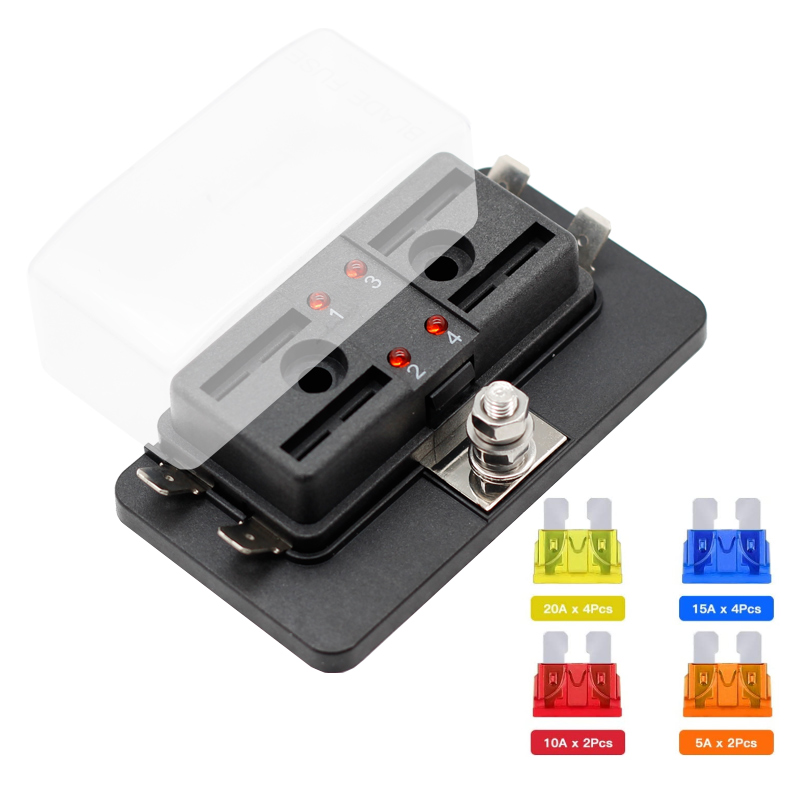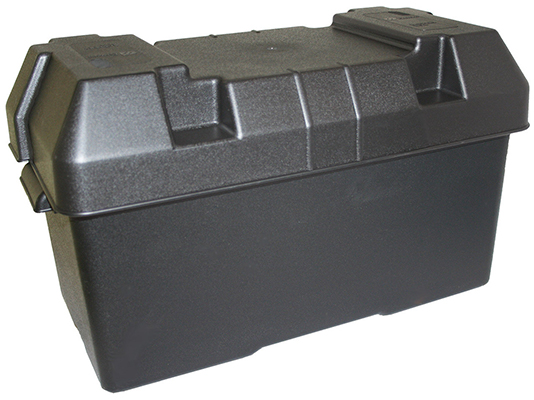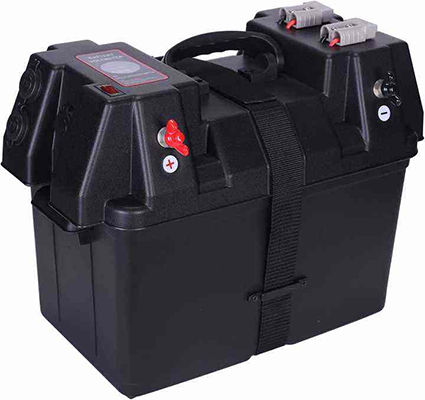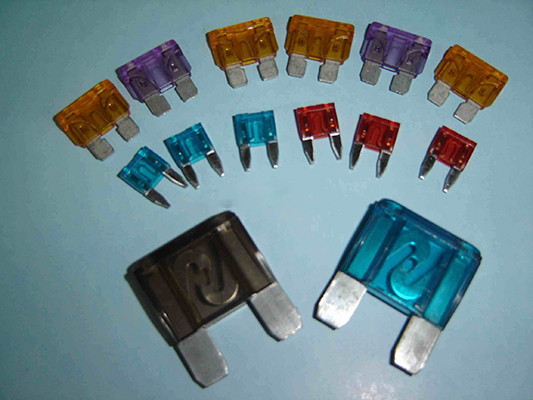Fuse Box Essentials for Brake Lights and Automotive Signal Circuits
News 2025-10-20
A fuse box is a critical component in modern vehicles, serving as a protective hub for electrical circuits, particularly those involving brake lights and signal systems. In automotive engineering, it safeguards against overloads and short circuits, ensuring reliable operation and preventing potential fires or malfunctions. For brake lights and signal circuits, the fuse box manages current flow to indicators, turn signals, and emergency flashers, which are essential for road safety. Understanding its role helps in maintaining vehicle integrity and compliance with safety standards, as these circuits must respond instantly to driver inputs.

Applications in Automotive Systems
In various vehicle types, fuse boxes for brake lights and signal circuits adapt to specific needs. For instance, in passenger cars, they protect the wiring that activates brake lights during deceleration, enhancing visibility for trailing drivers. In commercial trucks, these systems handle heavier loads and frequent use, integrating with advanced features like adaptive cruise control. Electric and hybrid vehicles rely on fuse boxes to interface with electronic control units, ensuring precise signal transmission without interference. This versatility makes fuse boxes indispensable in both conventional and emerging automotive technologies, supporting efficient and safe operation across diverse driving conditions.
Performance Advantages
Fuse boxes offer key benefits in reliability and protection for brake and signal circuits. They use fast-acting fuses that blow quickly during faults, minimizing damage and downtime. This design enhances longevity by isolating issues before they affect other systems, reducing repair costs. Additionally, modern fuse boxes incorporate modular designs for easy access and replacement, improving maintenance efficiency. In terms of performance, they ensure consistent voltage delivery, which is crucial for bright, reliable brake lights and clear signal outputs, ultimately contributing to better vehicle safety and regulatory compliance in the automotive industry.
Frequently Asked Questions
1. What is the primary function of a fuse box in a car?
It protects electrical circuits by breaking the connection if there’s an overload or short circuit, preventing damage to components like brake lights and signals.
2. How can a faulty fuse box affect brake light operation?
A malfunction can cause brake lights to fail or flicker, increasing accident risks; regular checks ensure consistent performance and safety.
3. What are common signs that a fuse box needs replacement?
Indicators include blown fuses, intermittent signal issues, or burning smells; timely replacement maintains circuit integrity and vehicle reliability.


